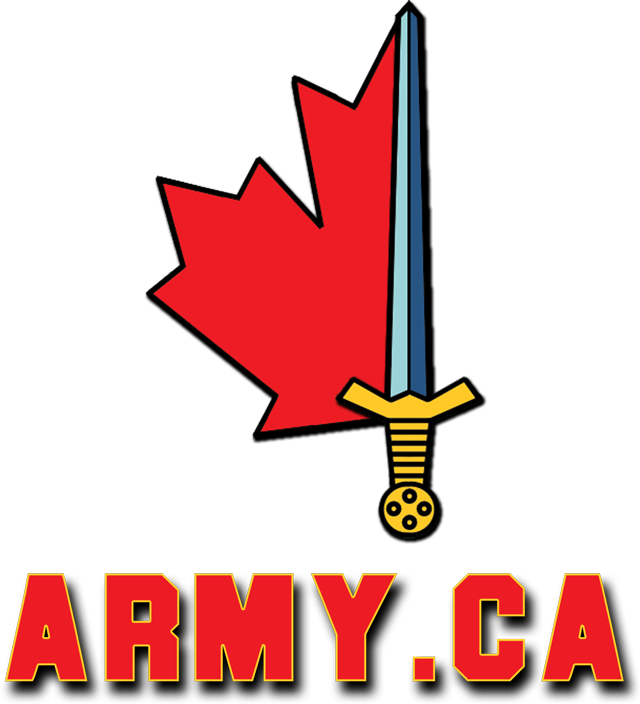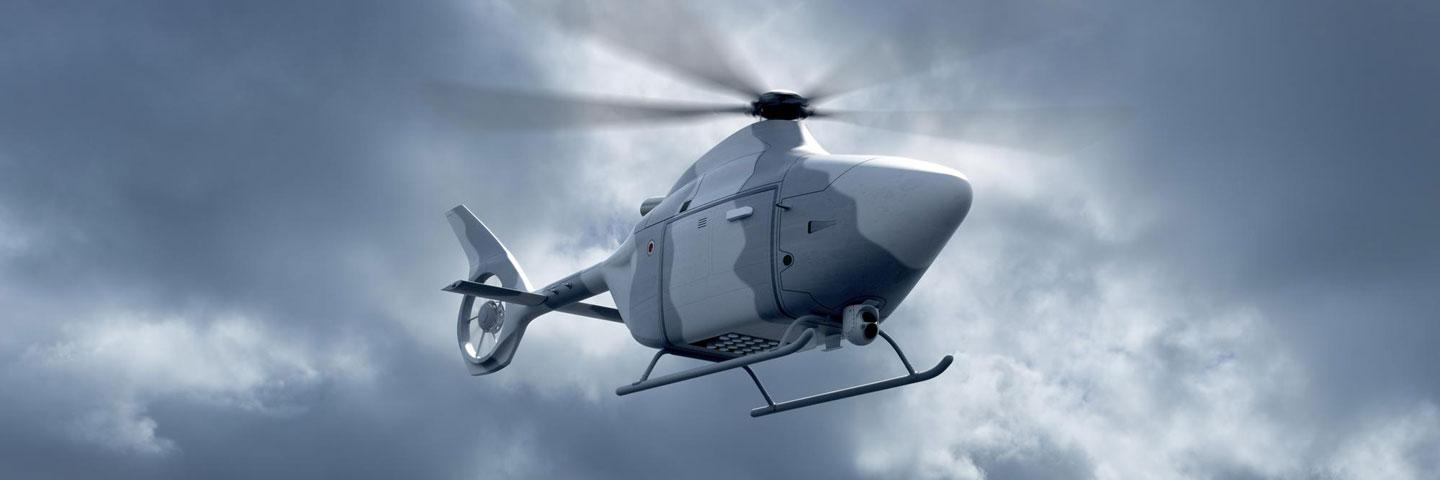Oldgateboatdriver
Army.ca Veteran
- Reaction score
- 2,757
- Points
- 1,010
The first one, a modified MQ-9B, supplements maritime patrol airplanes and therefore is not for setting on a corvette.
The second one is an extra asset to extend the surveillance range of the ASW helicopter, has no attack capability, and still needs a ASW helicopter for coordination of the search and the kill. Says so actually in the fourth sentence of the second article you quote, which reads:
"While UAS are not intended to replace conventional ASW helicopters or Maritime Patrol Aircraft, they can play an important role in extending coverage in vast operational theatres or in smaller areas inaccessible to crewed assets." [my underlining]
So, for a "cheap" ASW escort, you go with the basic need, and today, for ASW, it is still an ASW helicopter.
Happy Sunday to you too! (p.s.: Here, we are watching a nice little 40 cm snowfall with 45 Km winds. I'll go out snow blowing soon)
(p.s.: Here, we are watching a nice little 40 cm snowfall with 45 Km winds. I'll go out snow blowing soon)
The second one is an extra asset to extend the surveillance range of the ASW helicopter, has no attack capability, and still needs a ASW helicopter for coordination of the search and the kill. Says so actually in the fourth sentence of the second article you quote, which reads:
"While UAS are not intended to replace conventional ASW helicopters or Maritime Patrol Aircraft, they can play an important role in extending coverage in vast operational theatres or in smaller areas inaccessible to crewed assets." [my underlining]
So, for a "cheap" ASW escort, you go with the basic need, and today, for ASW, it is still an ASW helicopter.
Happy Sunday to you too!






